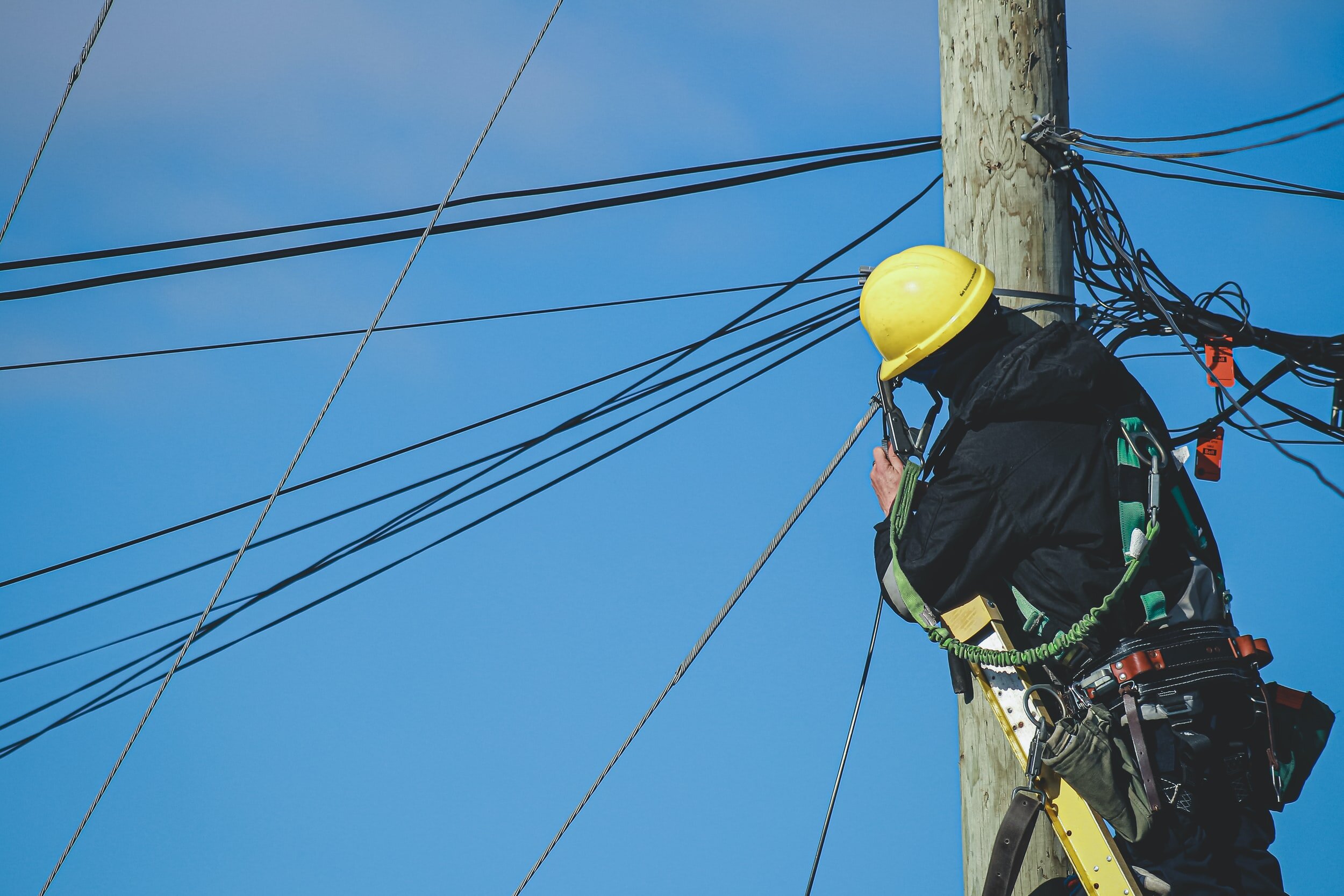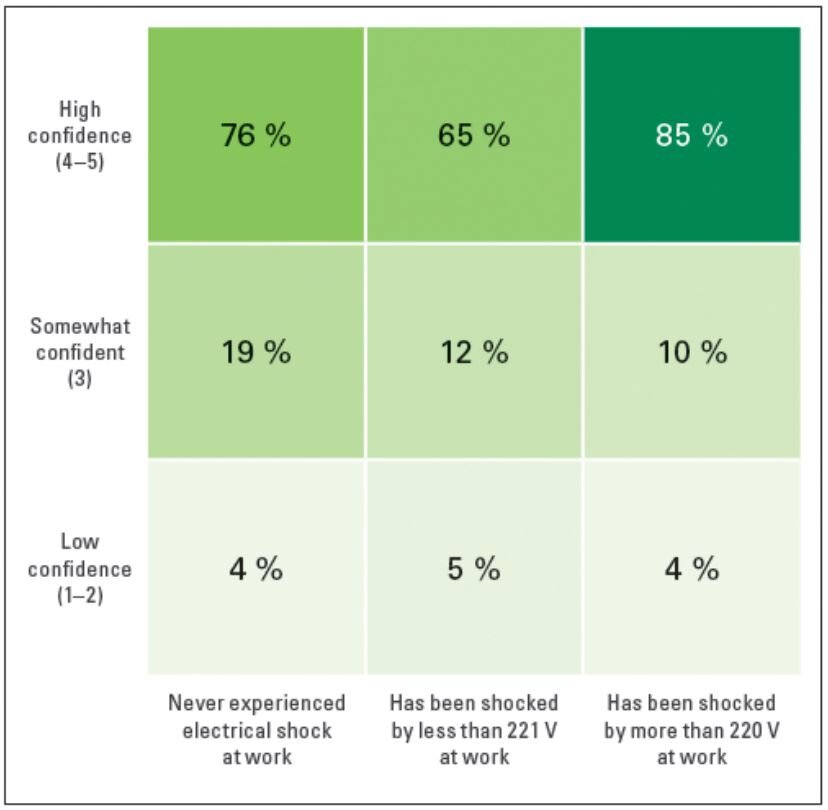Electrical Danger - Shock vs Arc Flash
In the safety industry, we all know that electrical risks are an ever-present element of an electrical worker’s daily activities. In recent years, the regulations and safety technology have focused on addressing the dangers of arc flashes.
Both arch flashes and shock can cause injury, or even death. However, when you look at the data, electric shock poses a much more statistically significant risk. So why do we hear about arc flash so much more frequently?
The Risk of Shock vs Arc Flash
Before we dig into the data, let’s first define our risks:
Arc Flash: An arc flash is the light and heat produced as part of an arc fault, a type of electrical explosion or discharge that results from a connection through air to ground or another voltage phase in an electrical system.
Electric Shock: An electric shock occurs when a person comes into contact with an electrical energy source. Electrical energy flows through a portion of the body causing a shock.
Although both risks are present when working near or with electricity, there is a very large difference in the number of fatalities caused by arc flash versus electric shock. In fact, in the US, more than 90% of electrical fatalities are due to electric shock.
This also goes beyond fatalities: there are nearly 4 times as many reported shock incidents than arc flash incidents. This number is also likely unrepresentative of the number of electric shock incidents. It is easier for workers to not report a shock than it is to not report an arc flash, so the number of total shock incidents is likely higher.
Why Do We Focus on Arc Flashes?
As shown by the data, electric shock poses a greater risk to workers than arc flashes do. However, we talk more about arc flashes. In fact, most of our workplace education and the NFPA 70e updates in recent years have focused on arc flashes and the hazards that they pose. This focus keeps arc flashes front of mind, potentially “downplaying” the greater statistical risk of electric shock.
The visibility of arc flashes also increases the awareness of them - because there is a bright flash, potential for fire, and other very eye-catching factors when an arc flash occurs, this increases the likelihood that others will take note when one happens. Electric shocks, on the other hand, are all but invisible (aside from their impact on the individual). And in cases where electric shock causes no or minimal damage, it is easier for workers to ignore them and they can go potentially unreported.
The visibility of the risks also goes beyond the actual incident. Because an arc flash can include an explosion of heat and light, the PPE required to prevent injury is much more “scary” than the PPE required to protect from electric shock risk.
How Has This Impacted the Perceived Risk of Shock?
In addition to the risk of electric shock being overshadowed by arc flash awareness, the NEC does not have shock prevention requirements for all environments that pose a hazard. This combination leaves workers either unaware of the risks, or perceiving the hazard of electric shock as not as dangerous as it is. As a result, workers are getting injured or killed when they are confident in their own abilities.
Image from: Shock: Electric's Deadliest Act - IAEI Magazine
In this graph from IAEI Magazine we can clearly see that 85% of those who had received a shock from more than 220V were “highly confident” in their ability to recognize an electrical hazard. This disconnect between risk perception and the actual presence of risk endangers both the worker and those around them.
Although many industrial sites require PPE, it is often assumed that PPE will prevent incidents from occurring, and additional precautions are not taken. This creates an even greater risk of electric shock, as standard-issue PPE does not protect from electric shock, and some workers may not even wear it.
Where Do We Go From Here?
As an industry, the electrical safety community needs to put the focus back on electric shock. The recent focus on arc flash safety has helped reduce the number of arc flash injuries and fatalities, but the lack of emphasis put on electric shock has put workers at risk.
As a community, renewing our efforts on educating workers on the risk of electric shock and improving our prevention will benefit workers, organizations, and everyone in between.


